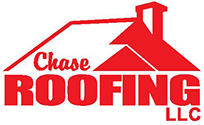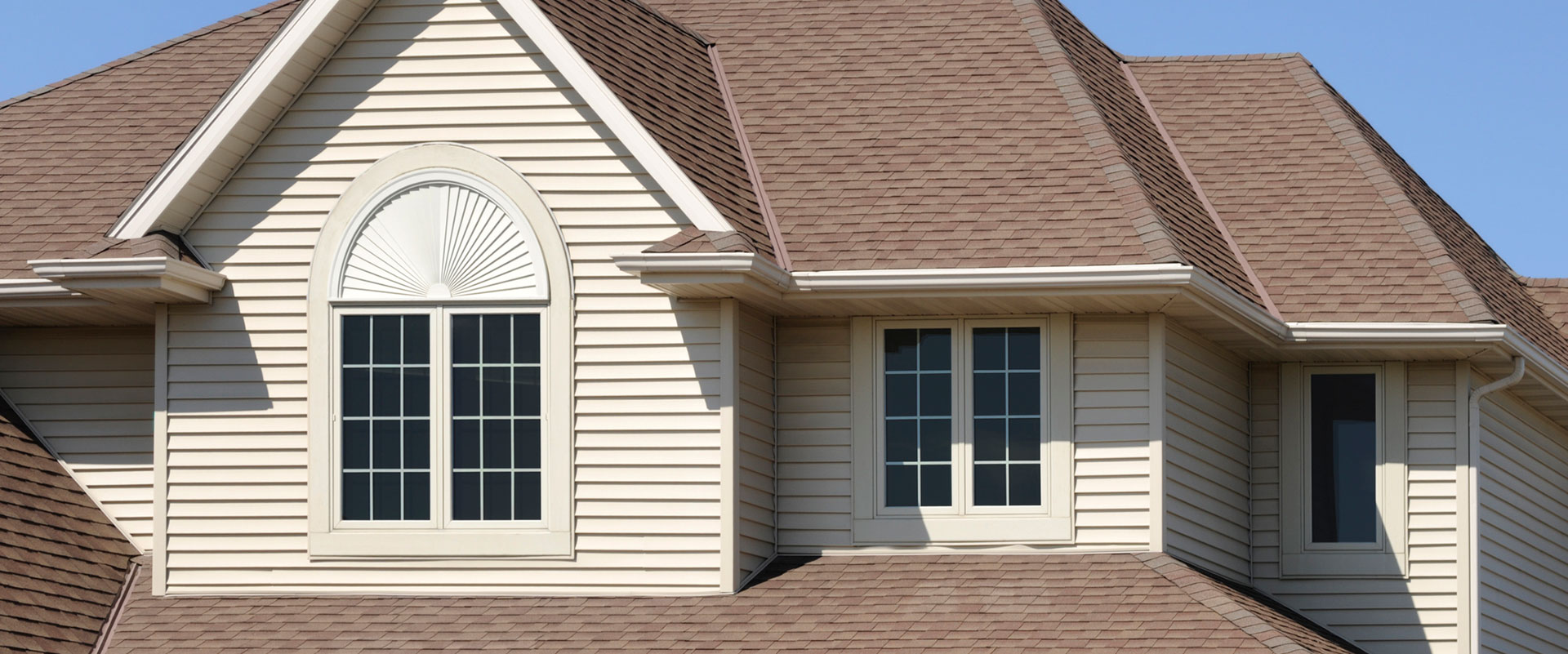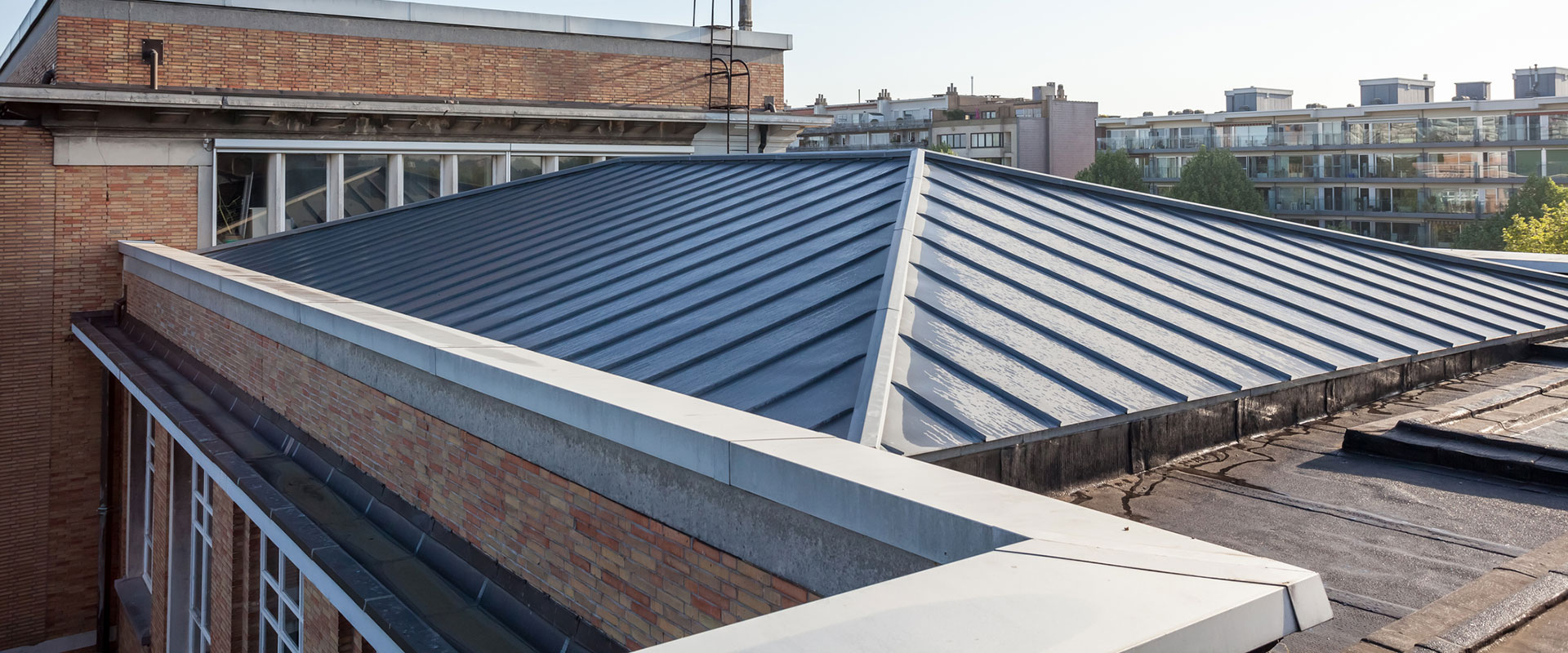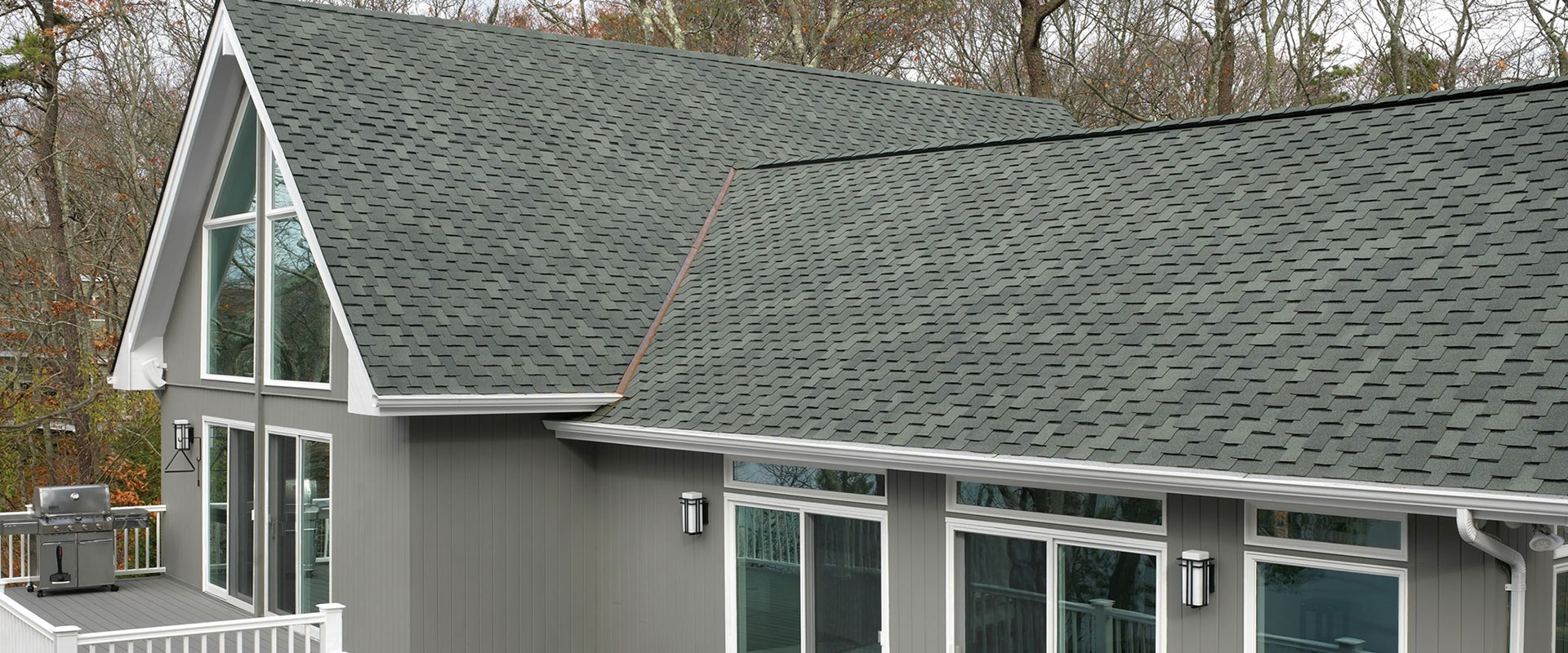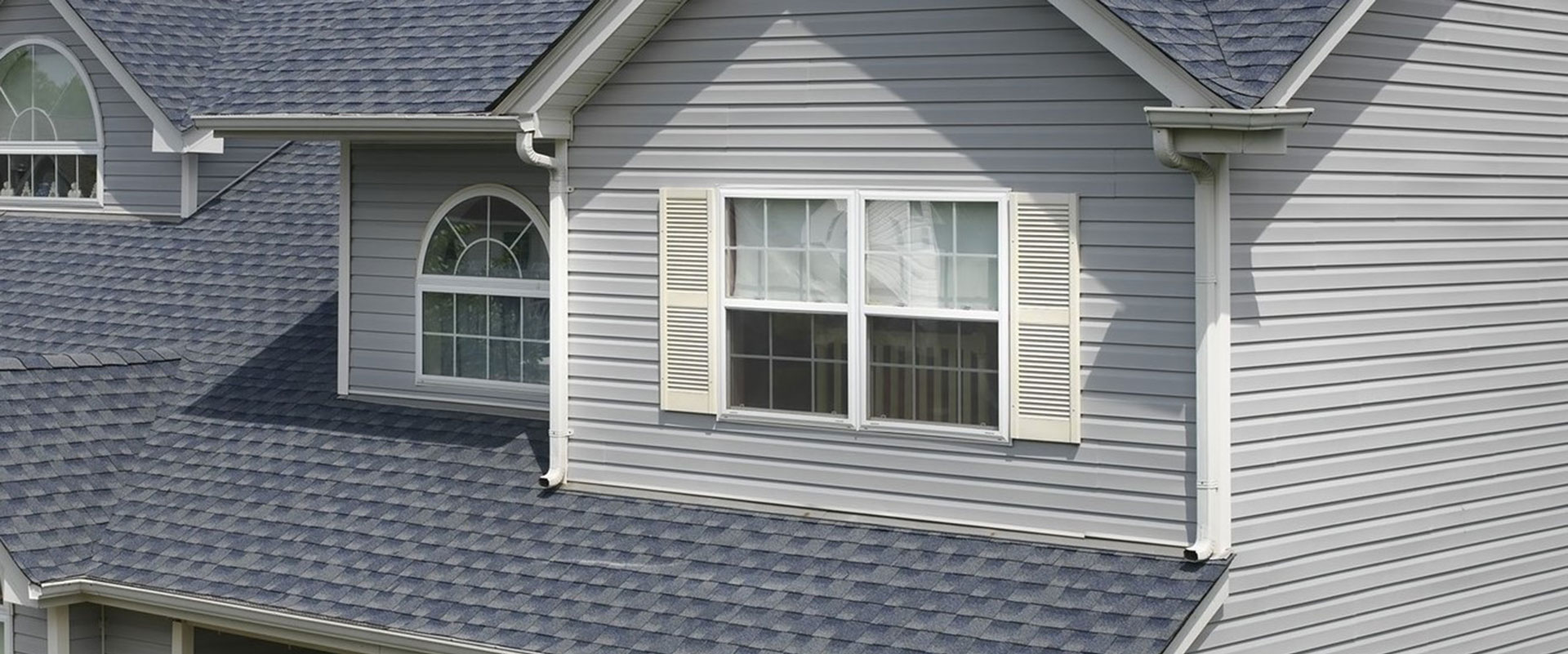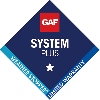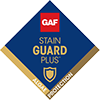Keeping your roof well-ventilated makes all the difference in keeping the structure intact and ensuring your indoors are comfortable. It all starts with having an adequate amount of intake and exhaust vents to facilitate air circulation. Achieving this helps minimize the threat of excess heat and moisture wreaking havoc on your roof’s components, including the shingles.

Today’s blog highlights the factors to consider when selecting the ideal roof vents.
The Role of Climate
Climate plays a significant role in determining the type of roof vent best suited for your home. If you live in a hot region, you’ll want to prioritize proper heat exhaust to keep your home cool during the scorching summer months. On the other hand, homeowners living in colder climates should prioritize preventing ice dams and moisture buildup during the winter. For those living in mixed climates, it’s best to balance both aspects.
Roof Design
The design of your roof also influences your choice of roof vent. Sloped roofs often require a combination of vents, while flat roofs may need specific vents to ensure proper air circulation. Additionally, it’s possible to achieve balanced ventilation by integrating both exhaust and intake vents to ensure efficient air movement throughout your home.
Types of Roof Vents
There are many different types of roof vents, including:
-
Ridge vents. These vents run along the peak of your roof, allowing hot air to escape while preventing moisture from entering. They offer a discreet appearance and have minimal maintenance requirements. However, ridge vents may not be suitable for all roof designs.
-
Soffit vents. These are installed under the eaves of your roof, and provide intake airflow for attic ventilation. Soffit vents work best when used in conjunction with the exhaust vents to create a balanced system.
-
Gable vents. These are installed near the roof’s peak or along the gable, allowing hot air to escape from the attic. They can be a visually appealing addition to your home, but their effectiveness depends on your roof’s design and the prevailing wind direction.
-
Turbine vents. These are dome-shaped vents that spin with the wind, drawing out hot air from the attic. Although they require no electricity, their efficiency is dependent on wind speed, and they may be less effective on days with little to no wind.
Call Our Roofing Team Today!
At Chase Roofing LLC, we can assist you in choosing the ideal roof vents for your home. Our GAF-certified roofing team can make sure your new roof has enough of them to facilitate attic air circulation and keep the structure’s integrity intact. To learn more, give us a call at (757) 872-0700 (Yorktown) or (757) 206-1948 (Williamsburg). You can also fill out the contact form to request a quote. We also serve homeowners in Newport News, VA, and the surrounding areas.
